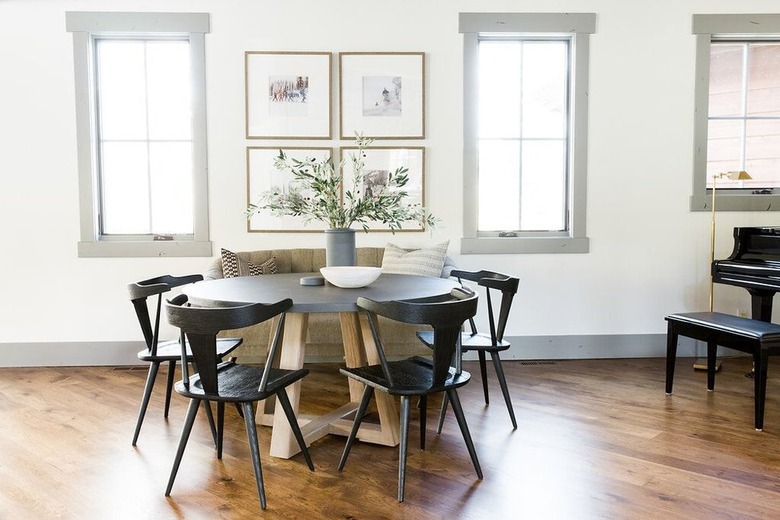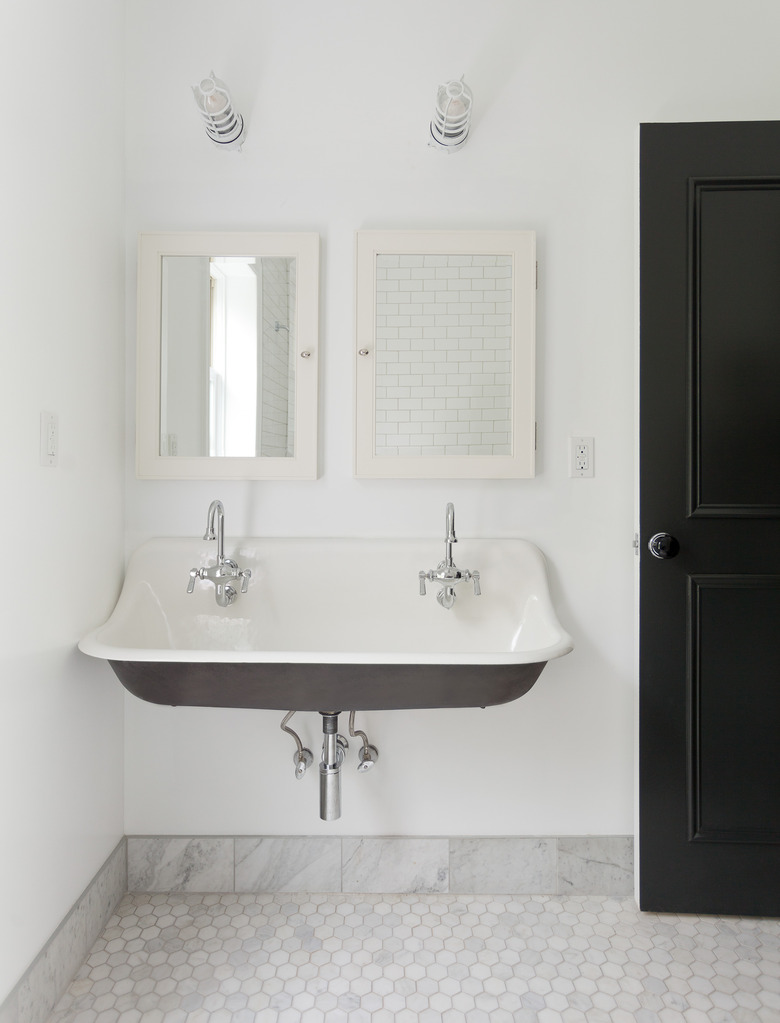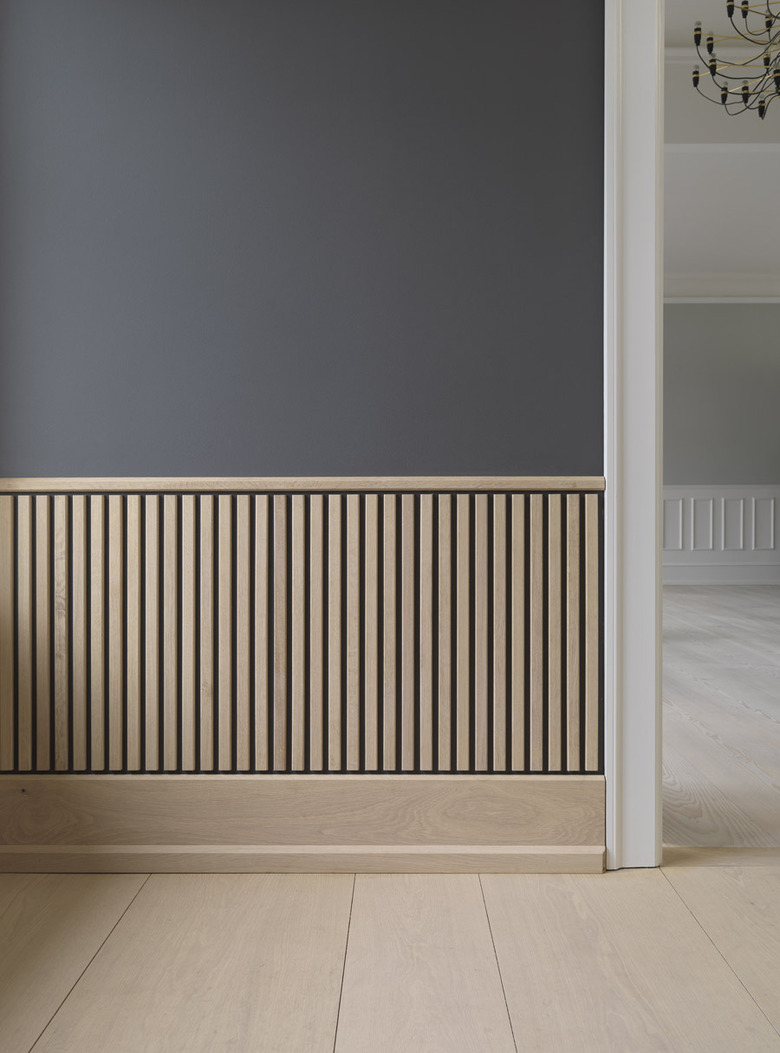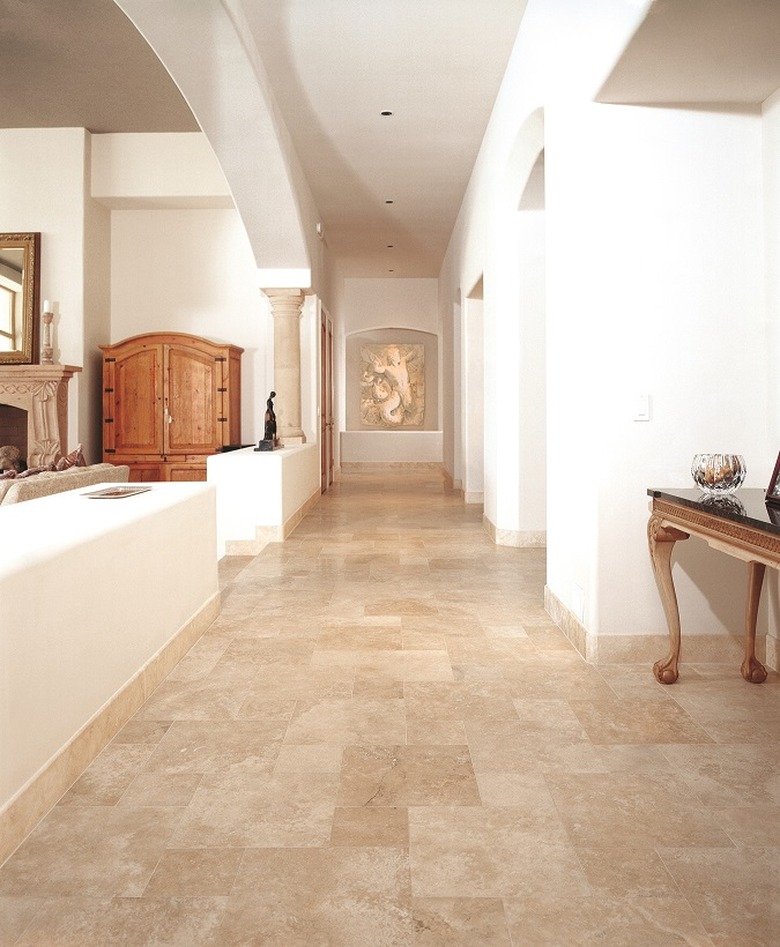Wood Baseboards Vs. Tile Baseboards
There are a number of factors that go into choosing baseboards, and there are enough options out there to make your head spin; so, we've narrowed it down to the two most popular types: wood baseboards and tile baseboards. Yet, there are multiple options to consider There are about six different types of baseboard tile, and nearly as many types of wood as there are types of trees (and then there are "wood tiles" which aren't actually wooden tiles, but tiles that have been made to look like wood). The right choice of baseboard can give your room that perfectly polished look — all you need to figure out is how you need your baseboards to function, what you want them to look like, and how much you want to spend.
Functionality
Functionality
How you'll need your baseboards to function pretty much boils down to what room they'll be used in (and how rowdy things tend to get in your home). Will they be taking kicks in a kitchen or hallway? Do they need to stand up to steam and splashes in the bathroom? Of course every home is different, but research and conventional wisdom tell us that the naturally water-resistant, easy-to-clean surface of tile makes it the ideal choice of material for bathroom baseboards. That's not to say that wood baseboards are verboten in the loo, a good coat of paint or a sturdy varnish will make them fairly water resistant as well; however, consistent exposure to steam and/or direct contact with water causes wood to warp over time, so if you do use wood baseboards in your bathroom, they might benefit from the occasional re-staining. Wood baseboards are most commonly used throughout the home thanks to their versatility. When kicked loose, they're easily fixed, and when they get worn out, a re-staining or DIY pro-paint job will give them new life.
Appearance
Appearance
When it comes to appearance, you have multiple options. Modern looks can be achieved with both wood and tile baseboards, so if you get stuck on this one, let functionality and budget considerations help you narrow down your choices. When determining your baseboard height, going taller creates a more contemporary feel, while lower baseboards are more traditional. The look you achieve with your baseboards will depend just as much (if not more) on the profile created by your choice of molding as it will on your choice of material.
Value
Value
How much you spend on baseboards will of course depend on your overall budget, but you should also consider the long-term value of your investment over the years. Tile baseboards are generally more expensive than wood baseboards (apart from the very high-end types of wood), but for bathrooms that get a lot of use, tile baseboards could be worth springing for in the long run. Ultimately, you can spend as much or as little as you want on your baseboards (and in many cases even achieve similar looks) if you consider all of your options for DIY installation (which will save you a bundle in the case of tile baseboards) as well as your choices of paint finish.



